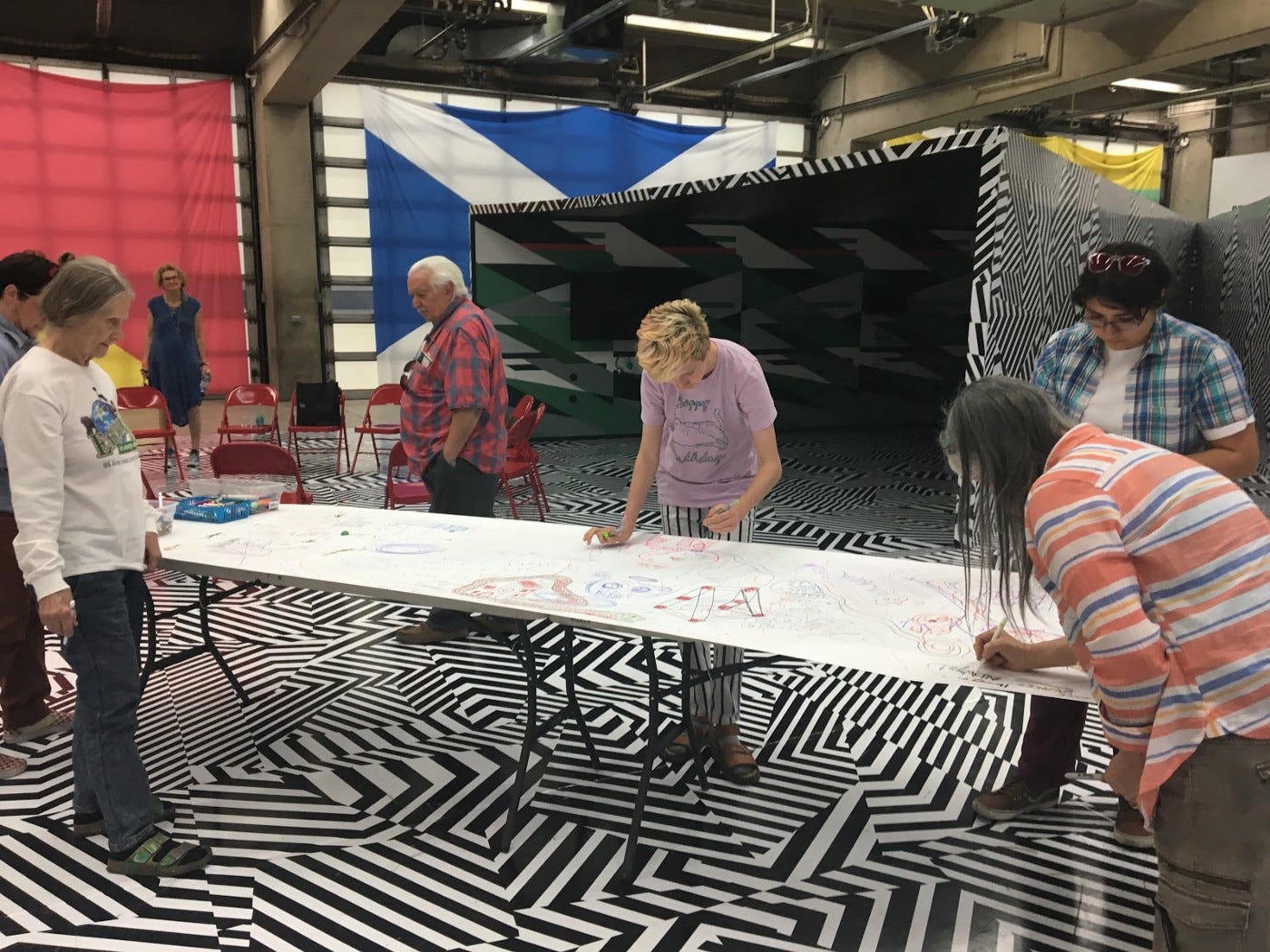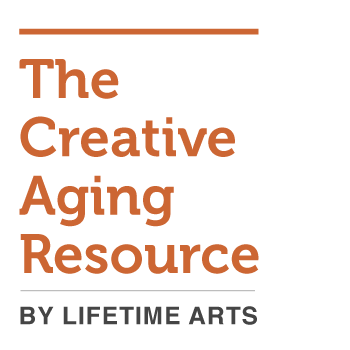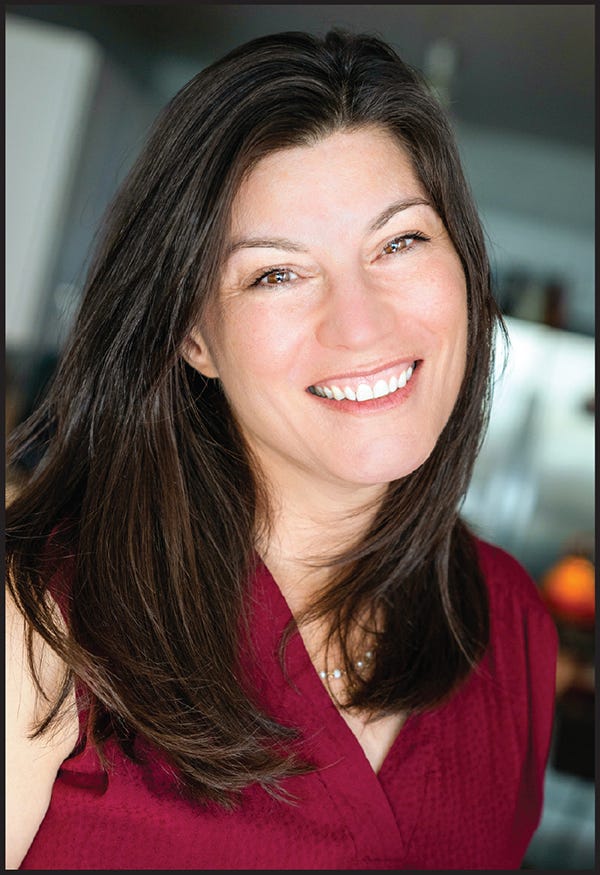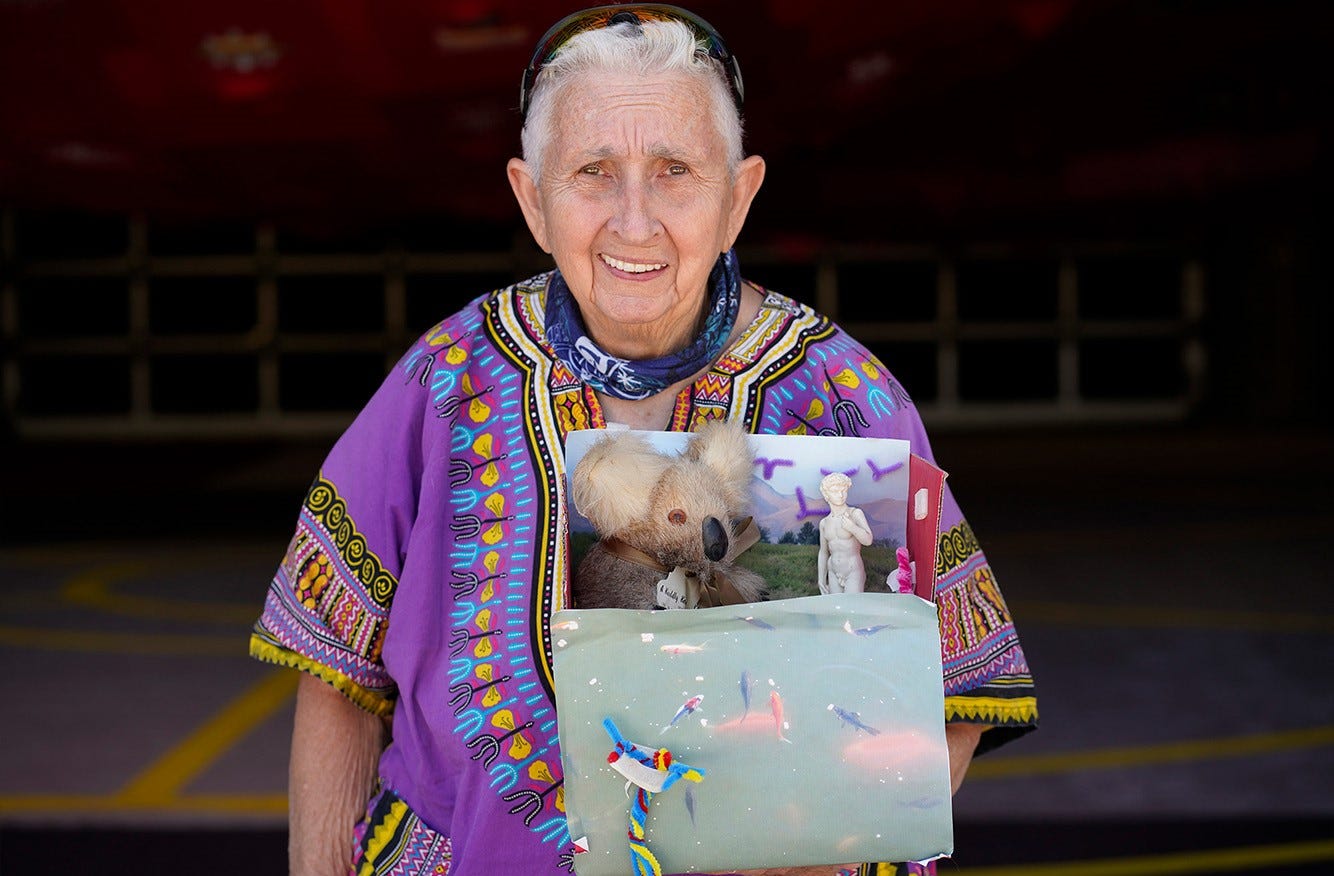Creative Aging Programming for Older LGBTQIA+ Adults: Opportunities for Cultural Institutions
Interviews with two innovative programmers.
Artmaking creates openings for dialogue and a level of vulnerability in a space dedicated to…LGBTQIA+ people.
— Eli Burke, Harrison Orr, and Carissa DiCindio, PhD, Queering Community Through Intergenerational Arts Experiences in the Museum
LGBTQIA+ Creative Aging Programming

In the 50 years since the Stonewall riots, museums and libraries have created LGBTQIA+ resource centers, organized exhibitions of works by queer artists, added dedicated staff and designed programs with and for members of local LGBTQIA+ communities.
More recently cultural institutions have also responded to the aging of society by instituting creative aging programs designed to enhance well-being and foster artistic expression of adults aged 55+. Evidence of both trends can be found easily. However, when I started to research the intersection of the two, I was surprised to learn that relatively few institutions have combined creative aging with programming for the LGBTQIA+ community.
This gap is puzzling insofar as older LGBTQIA+ people are part of one of the most socially isolated groups. In 2018 the AARP Foundation commissioned a national study of loneliness and social connections experienced by adults 45 and older. Unlike previous studies, this one included “the finding that LGBTQIA+ status plays a role in loneliness. Midlife and older adults who identify as LGBTQIA+ are more likely to be lonely (49%) compared to those who do not (35%).” (Loneliness and Social Connections: A National Survey of Adults 45 and Older)
Older LGBTQIA+ people would clearly benefit from opportunities for creative expression and community participation. Despite the paucity of programs that engage active older adults who are also queer, I’ve been impressed by the quality of the programs I could identify.
Two programs, one in a library and one in a museum, offer instructive models for other cultural institutions. Interestingly, both were intergenerational programs and both, by necessity, were offered online.
A Call for Submissions
Share Information About Your Organization’s Creative Aging Programming for Older LGBTQIA+ People
By integrating creative aging with LGBTQIA+ programming, cultural institutions can improve the quality of life for people in these intersecting communities.
We invite readers to submit examples of participatory artmaking programs designed for older LGBTQIA+ people that they have offered. We are seeking examples that reflect the goals of the Creative Aging Arts Education model (sequential, skill-building, and socially-engaging).
We look forward to sharing information about your emerging programming for this important population via the Creative Aging Resource.
You may review what we have already covered and curated on this topic via the Creative Aging Resource website and on lifetimearts.org.
Examples of Successful Intergenerational LGBTQIA+ Creative Aging Programming in Public Libraries and Art Museums
“Unboxed LGBTQ Intergenerational Online Digital Storytelling Project” at the Denver Public Library
Recently, I interviewed, Amy DelPo, the Older Adult Specialist at the Denver Public Library, who developed and launched an intergenerational storytelling program called “Unboxed.” Amy also publishes the library’s “Embrace Aging!” blog.
This program, offered in partnership with Berkeley, CA’s StoryCenter, was designed “to provide this opportunity for LGBTQ teens and older adults to share experiences, talents, and inspirations.” “Unboxed” has been supported by LinkAGES Colorado, whose mission is to “make intergenerational programming the norm by building capacity, facilitating collaboration and raising awareness of the power of intergenerational connections.”
Said Amy: “Lifetime Arts is a big part of our commitment to older adults. About 10 years ago I attended an American Library Association pre-conference [workshop] in Chicago presented by Lifetime Arts. The Brooklyn Public Library and others were featured. I was blown away by what I learned during the day-long program and [have been] utterly influenced by it. In addition to the pre-conference I used Lifetime Arts’ first Creative Aging Toolkit for Public Libraries.
“Lifetime Arts’ information started me on this journey of older adults and older adult services, [and] how to think about aging, about diversity of older adults, how our traditional perspective has been so focused on deficits rather than assets. Lifetime Arts set me on that trajectory.
“The more I learned the more I realized how important it is to take a developmental approach to older adults. Different aspects of aging, different attitudes, different cultural experiences. The most important, for me, were the insights about positive aging, the possibilities for social engagement, for lifelong learning, for joy.
“And, the exposure to Lifetime Arts reinforced my sense that public libraries are THE natural place to bring this model of aging to more people of all ages. The message that we never stop growing and learning and evolving — which is something that our culture does not recognize.”
Amy was enthusiastic about the positive impact of her “Unboxed” Program:
“This was a beautiful program, close to the Lifetime Arts Creative Aging Arts Education model. It focused on individual creativity; communications between participants; the art of storytelling and storytelling tools; [it featured] multiple sessions to build skills; and it drew on what we know about the value of intergenerational connections.
“The program was very powerful for participants. It benefited both age groups. One of the teens told me that the program was the first time he had talked with anyone outside his age group who is gay.”
I asked Amy how “Unboxed” had affected the Library. She said:
“The Denver Public Library is very LGBTQIA+-oriented. This is a safe space where LGBTQIA+ people can grow, learn, evolve and change. We have an annual holiday event for LGBTQIA+ residents and we have an LGBTQIA+ Café. The more we do with LGBTQIA+ people the more impact it has on the institution. We are continuing to learn that LGBTQIA+ people are as varied as any group of older people. We recognize there are ways to deliver special programs that are meaningful to particular communities. We will continue “Unboxed” and we will certainly encourage LGBTQ people to take part in other types of programs that are obviously for everyone.”
I also asked Amy what she thought about how cultural institutions could connect the dots between programming for older adults and for LGBTQIA+ people.
“We are just at the beginning of a change in libraries, of understanding the diversity and potential of older adults and how we can respond. Also, new programming takes a lot of patience. You have to lay the groundwork.”
“Stay Gold: The Queer Imaginary” at MOCA Tucson
Harrison Orr, Director of Museum Education at Tucson’s Museum of Contemporary Art, helped develop “Stay Gold,” a 10-session skill-building program for younger and older LGBTQIA+ people. He also helped develop “School of Drag,” a subsequent LGBTQIA+ performance program at the museum. (Both programs have been supported by E.A. Michelson Philanthropy, and “Stay Gold” has been sponsored by the Institute for LGBT Studies at the University of Arizona.)
I asked Harrison about the impacts of “Stay Gold” on program participants and on the museum. He expressed as much enthusiasm about “Stay Gold” as Amy DelPo had about “Unboxed”:
“‘Stay Gold’ is successful for several reasons but especially because it is truly intergenerational. Some institutions that are concerned more about technical skills divide people up by their skills and their ages. We try to foster a sense of community, using art to build connections across ages and generations. By having people of all ages learn together we downplay the differences in age and experiences.
“We find that everyone learns from the others in the group. The exchange in these programs goes in both directions, from older to youth and from youth to older adults. And the exchange might be about art or about life.
“Having a program like “Stay Gold” in this environment is very impactful. MOCA Tucson, and many other museums, offer much more than art on the walls. A program like “Stay Gold” inspires participants to be more active in the arts community, to see exhibits and to benefit from our other programs and artist residencies. Involving older and younger LGBTQIA+ residents in the life of the museum benefits the institution and the workshop participants.
“As ‘Stay Gold’ and ‘School of Drag’ have continued over several years, MOCA Tucson has become a sort of community center for LGBTQIA+ people. The museum space, its art and artists, and its teaching staff, have all helped foster a cross-generational queer-friendly community.”
I also asked Harrison the question I had posed to Amy: What are other museums doing with respect to combining older LGBTQIA+ adults and creative aging programming?
“We’ve done a lot of research on what other museums are doing with older adults and LGBTQIA+ communities, but there is not much out there. The majority of institutions have not gotten on board yet. I have no great answer as to why. Part of the reason has to do with long-standing attitudes towards both older adults and LGBTQIA+ people. Also, making changes in how museums do programming can take a long time.
“We see the need for more museums to make the connection between creative aging and older LGBTQIA+ adults. That is why when we have done successful programs we’ve tried to get information about them out to other museum and education professionals.”
The Value of Intergenerational Programs for LGBTQIA+ people
One of the key themes touched on by both Amy and Harrison was the value of intergenerational programming for this community. They have each observed that sharing development of creative skills, from artmaking to storytelling to performance, offers LGBTQIA+ people an especially effective vehicle for learning and community building.
They each also indicated the importance of the places in which the learning and community building take place. Cultural institutions, as neutral and nurturing public spaces, are inherently appropriate and need to be more deliberately used for these purposes to address LGBTQIA+ communities today.
— Diantha Dow Schull for Lifetime Arts
About Lifetime Arts
Lifetime Arts is the national leader in the development and dissemination of creative aging capacity building services. Training, technical assistance and innovative resources help catalyze arts education programming in organizations that serve older adults including museums, public libraries, arts and senior service organizations.
About Diantha Dow Schull
Diantha Dow Schull is Principal and Founder of DDSchull Associates LLC, providing advisory and training services for museums, libraries, foundations and nonprofits. She is also a cultural organization program specialist and has led the development of major national creative aging programs for public libraries in collaboration with Lifetime Arts. She has written articles and books for museum and library professionals, including, Boomers and Beyond: Reconsidering the Roles of Libraries, with Pauline Rothstein, PhD. Diantha has been part of Lifetime Arts’s extended team for over a decade.
The Creative Aging Resource Newsletter is made possible through the generous support of E.A. Michelson Philanthropy.






